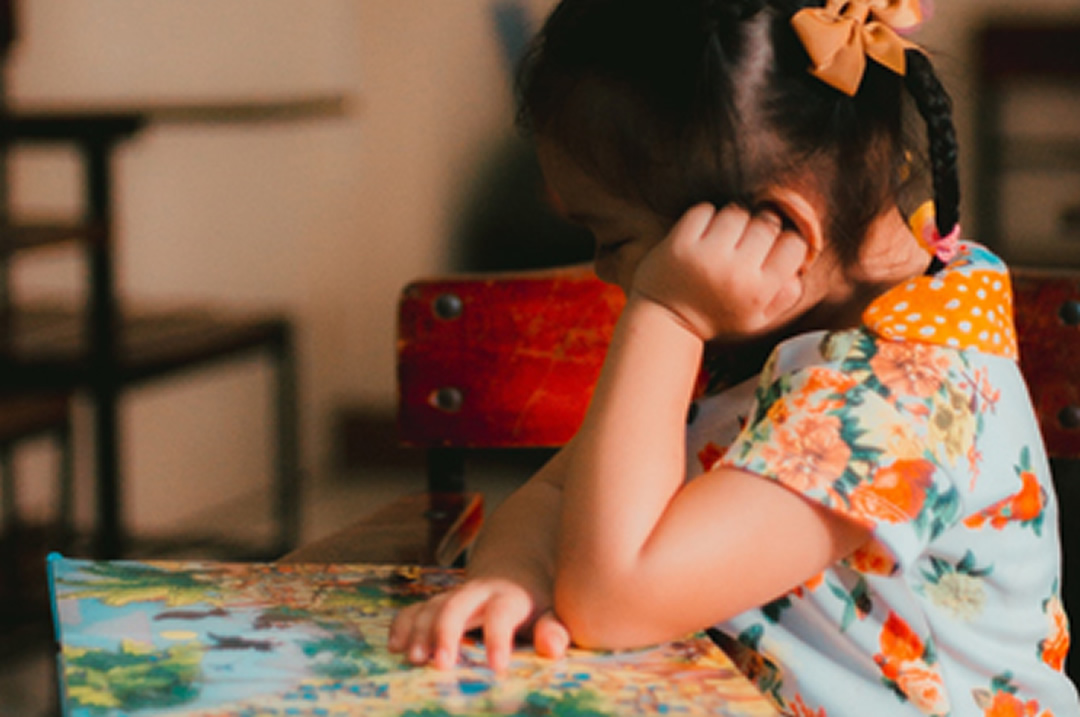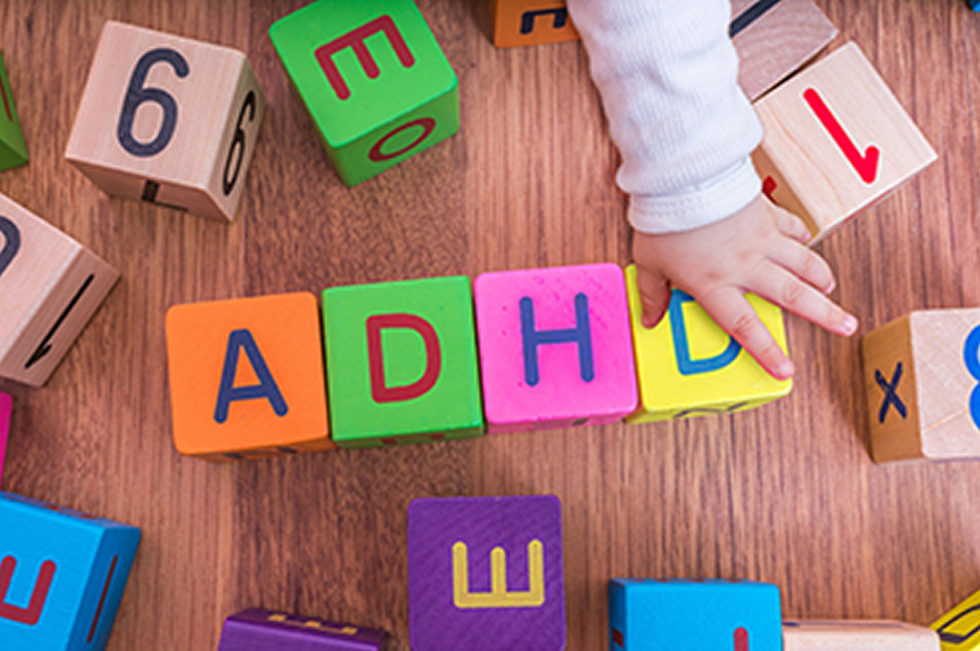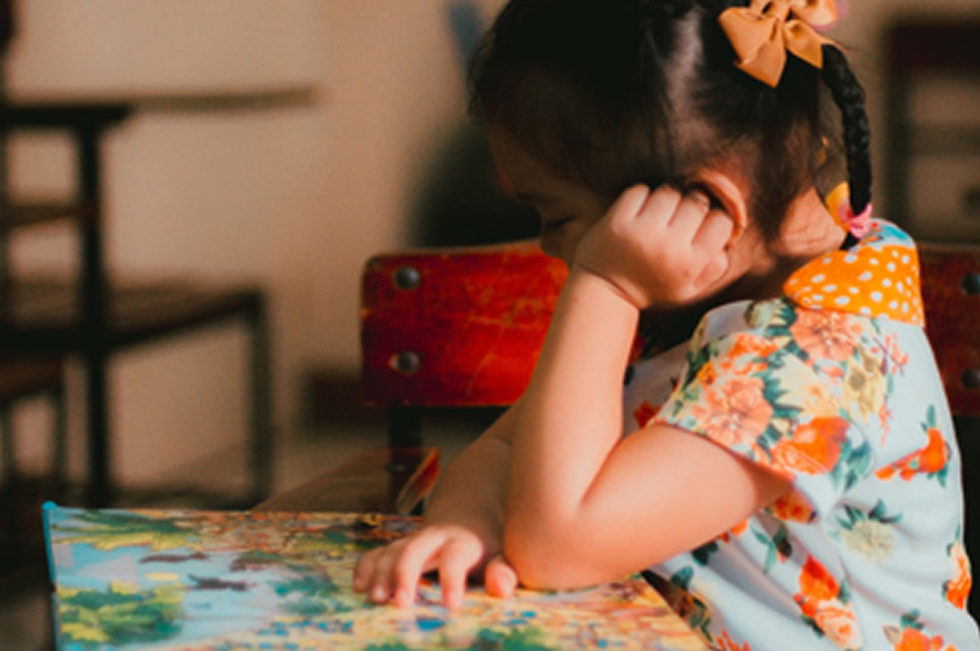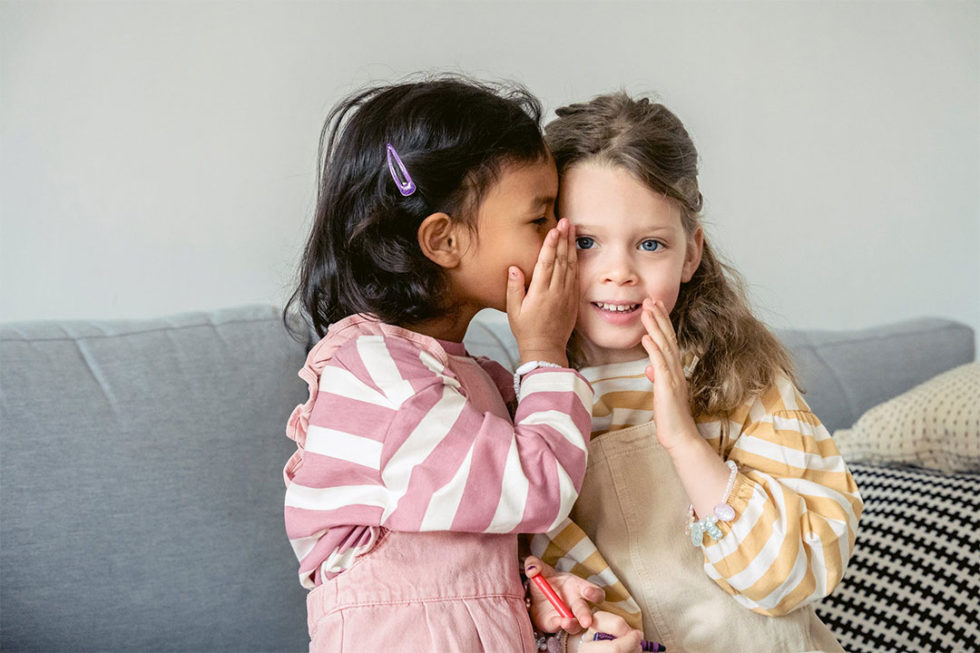
Occupational therapists (OT’s) help children who experience difficulties with daily occupations. This may be becasue of poor motor skills, under-developed sensory processing skills, executive functioning challenges and more. OT’s believe that purposeful activity can help children learn and thrive in the classroom and at home.
Neuroscience has helped us to understand the impact purposeful movement has on the brain. Building your child’s motor skills and encouraging movement doesn’t just allow them to‘let off energy,’it also supports every aspect of your child’s learning development.
The body is a powerful tool that is needed for a child’s brain to grow so it can reach the highest level of academic performance. We train our bodies in the gym to build our endurance and get stronger and faster. When we exercise the body, we are also giving our brains a great workout. Many people are unaware that there is an important body and mind connection. When the body is prepared for learning, acquiring knowledge becomes automatic.
We want our kids to be able to naturally read words across a page, have the ability to write words on a page and copy notes from the blackboard. However, surprisingly, many kids today are entering school without these pre-requisite skills.
Child who are missing these basic skills develop gaps in their learning and a child may begin to breakdown as those gaps get wider and wider. Fortunately, purposeful movement exercises can help. They can be the key to strengthening a child’s body for school success.
Here’s a breakdown of all the motor skills kids need and use on a daily basis for higher learning. Did you even realize they used their bodies so much?
Eye- hand Coordination
Strong development of hand-eye coordination can help to prepare a child’s brain and body for letter formation, handwriting and tracking words across the page when reading.
Bilateral Coordination
Bilateral coordination is a vital skill needed to perform simple tasks like holding the paper with one hand while the other writes across the page.
Core Muscles
Developing strong core muscles can help a child to sit upright in their chair whilst supporting their head and copying notes of a blackboard.
Balance
When a child’s balance is compromised, you may see them fidgeting in their seat. Building better balancer can support a child’s attention and focus as well as emotional & behaviour regulation.
Crossing the Midline
Crossing the midline activities are another important tool that can help children’s brain development. They can help a child to problem solve, write words from sentence to sentence, paragraph to paragraph and track words across a page.
Back to Front Activities
Higher learning occurs in the higher centres of the brain. For this reason, back to front activities help kids to organise thoughts, improve speech and language, support memory and follow directions.
Patterning
Patterning activities and games help kids with sequencing, fact retention, maths and equations. Understanding patterns helps prepare children for learning complex number concepts and mathematical operations.
If you’d like to find out more about how occupational therapy can help with your child’s learning journey, call 8180 8503 or email info@arotahi.sg to speak to us.




